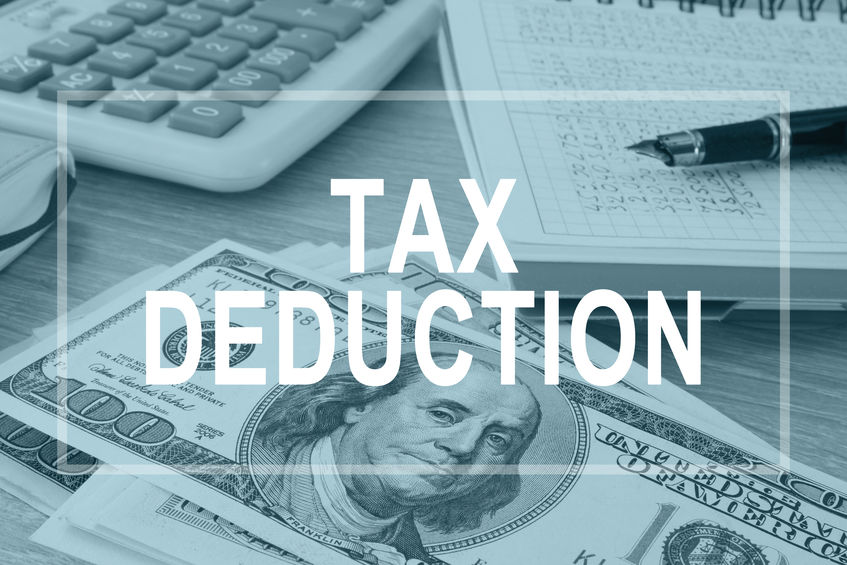The first and second post of this series on QBI deductions analyzed the purpose of the deduction and how it applies specifically to taxpayers below the lower threshold or above the higher threshold. This post addresses taxpayers that fall between the two thresholds.
What is the Threshold for Qbi Deduction?
Taxpayers between the lower threshold ($157,500 for individuals or $315,000 for joint filers) and the higher threshold ($207,500 for individuals or $415,000 for joint filers), are subject to only a partial wage and capital limitation, which applies differently for owners of qualified businesses and owners of specified service trades or businesses.
The deductible QBI amount for taxpayer who owns a qualified noncorporate business with a taxable income between the thresholds is 20% of QBI, less an amount equal to a “reduction ratio” multiplied by an “excess amount.”
Does Qualified Business Income Deduction Reduce Income tax?
The reduction ratio is the amount of taxable income in excess of the lower threshold amount ($315,000 for joint filers and $157,500 for other taxpayers) divided by $100,000 for joint filers ($50,000 for individual). The more taxable income, the higher the reduction ratio and the more the wage and capital limitations apply until they are fully phased in at the higher threshold ($415,000 or $207,500).
The excess amount is the amount of the difference between (1) the deductible QBI with no wage or capital limitation (20% of QBI), and (2) the deductible QBI amount of the business with a fully phased-in wage and capital limitation.
Example: Husband and wife file a joint tax return and report taxable income of $330,000. $300,000 is from wife’s interest in an S corporation. Wife’s allocable share of W-2 wages is $80,000, and her share of the business’ unadjusted basis in its qualified property is $600,000. Since their taxable income falls between the thresholds, only a partial wage and capital limitation applies.
First, the reduction ratio is calculated as $330,000 – $315,000 = $15,000. $15,000 is taxable income in excess of the lower threshold and is divided by $100,000. Thus, the reduction ratio is 15%.
Next, the excess amount is calculated as 20% of QBI, $60,000, less the greater of (1) 50% of W-2 wages, $40,000 or (2) the sum of 25% of W-2 wages, $20,000, plus 2.5% of the unadjusted basis of the qualified property (600,000 x 0.025 = $15,000) for a sum of $35,000. Thus, the deductible amount with a full wage and capital limitation is $40,000. The difference between $60,000 and $40,000 is $20,000, which is the excess amount.
Finally, take the 15% reduction rate and multiply it by the excess amount of $20,000, equaling $3,000. The deductible QBI is thus calculated as 20% of QBI, $60,000, less $3,000, equaling $57,000. Since that is less than the overall limitation (20% of total taxable income, $66,000), the husband and wife’s QBI deduction is $57,000.
What if the taxpayer is between the thresholds and their QBI is from a specified service trade or business? Then, they are also subject to only a partial wage and capital limitation. They must first calculate the “applicable percentage.”
The applicable percentage is 100% less the ratio of taxable income in excess of the lower threshold divided by $100,000. Following the same example as above, $15,000 is the taxable income in excess of the lower threshold, divided by $100,000 is 15%. 100% less 15% equals 85%.
The taxpayer then multiplies this applicable percentage by their QBI, W-2 wages, and unadjusted basis of qualified property to arrive at the includible amount. Thus, husband and wife have $255,000 (330,000 x 85%) of includible QBI, 68,000 ($80,000 x 85%) of includible W-2 wages, and $510,000 ($600,000 x 85%) of includible unadjusted basis for qualified property.
These amounts are then used in calculating the deductible QBI. We still have a reduction ratio of 15%. The excess amount is calculated as 20% of includible QBI or $51,000 less the greater of (1) 50% of includible wages, $34,000, or (2) sum of 25% of includible W-2 wages, $17,000, plus 2.5% of includible unadjusted basis of qualified property, $12,750, for a sum of $29,750. Therefore, the full wage and capital limitation is $34,000. The excess amount is the difference between $51,000 and $34,000. Therefore, husband and wife’s can claim a QBI deduction of 17,000.








